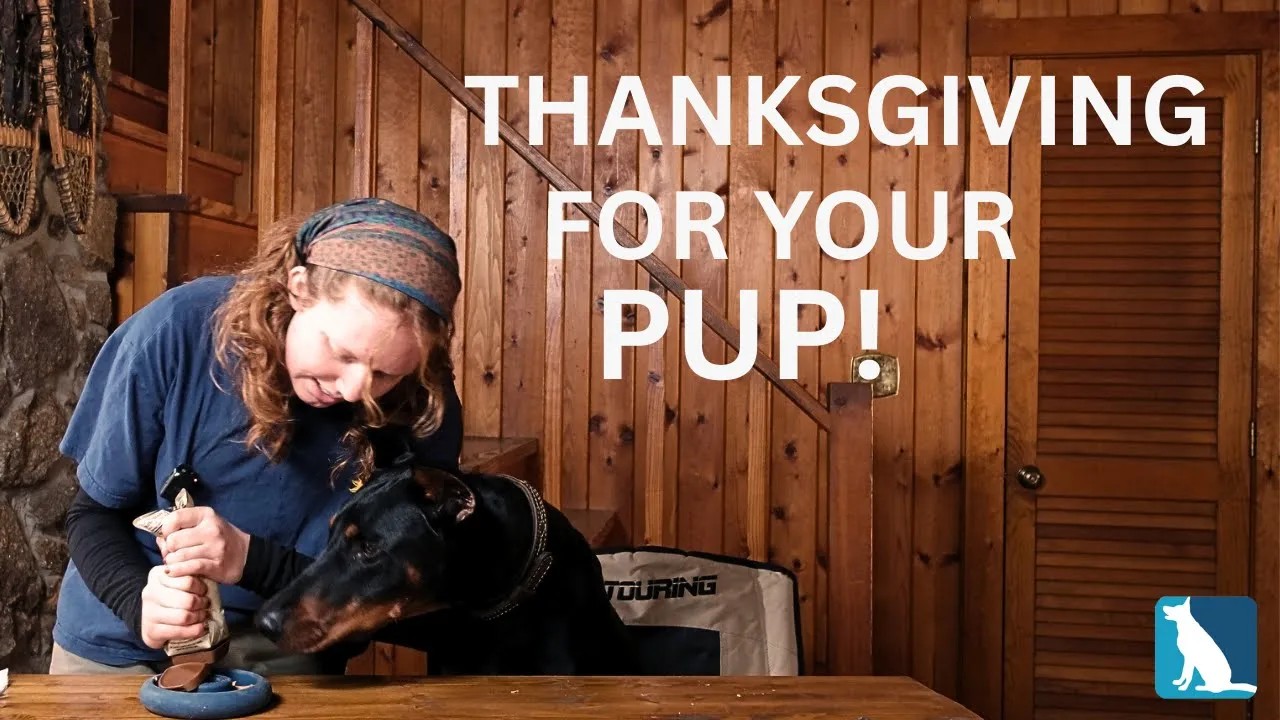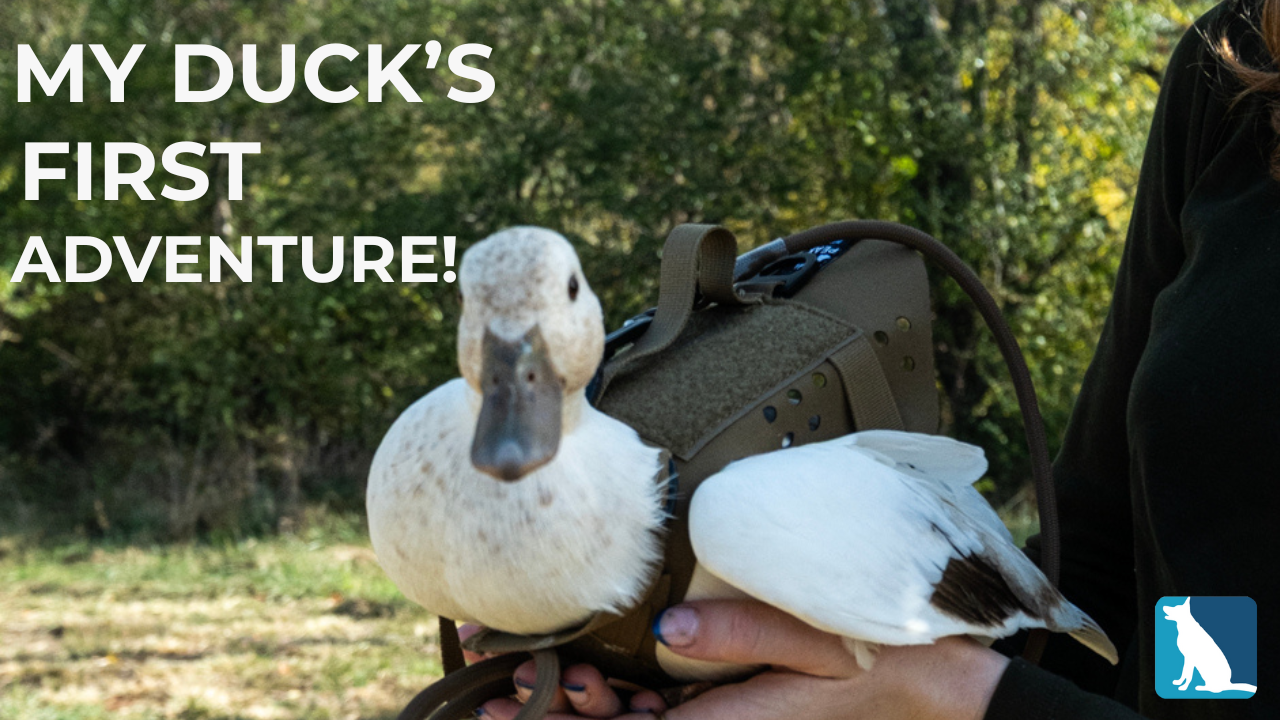How To Oil Leather: Maintaining Dog Collars and Leashes
Jun 16th 2025
Leather dog collars and leashes represent the gold standard in dog equipment. However, these premium tools require proper maintenance to ensure longevity, functionality, and the safety of both handler and dog. Knowing how to oil leather will keep your collars and leashes looking and functioning well for years to come.
Why Leather Maintenance Matters for Working Dogs
Quality leather equipment, like J&J Dog Supplies' Premier Leather Collar, can last decades with proper maintenance. These collars are specifically designed for durability and consistent performance, but even the finest leather requires regular care to maintain its strength and flexibility.
Essential Supplies for Professional Leather Care
Professional dog trainers maintain their leather equipment using simple, readily available supplies:
- Warm water (room temperature to slightly warm)
- Mild dish soap (Dawn or similar degreasing soap)
- Clean cotton rags or washcloths (at least two)
- Quality leather oil or conditioner
- Small mixing bowl
The key is using gentle, non-abrasive materials that won't damage the leather's surface or compromise its structural integrity.
Step-by-Step Professional Cleaning Process
Initial Cleaning
Begin the maintenance by addressing surface dirt and grime that accumulates during training sessions. This preliminary cleaning removes debris that could interfere with the conditioning process.
Start by preparing a cleaning solution using just a few drops of mild dish soap in warm water. The solution should create minimal suds. Excessive soap can strip natural oils from the leather. Using a clean rag, lightly dampen it in the solution and gently scrub the entire collar or leash surface.
Pay particular attention to hardware elements like D-rings, buckles, and snaps. These metal components often accumulate the most grime and require thorough cleaning to prevent corrosion and ensure smooth operation during training sessions.
Drying Protocol
After cleaning, use a dry towel to gently pat the leather, removing excess moisture without aggressive rubbing that could damage the surface. Allow the equipment to air dry completely before proceeding to conditioning. Proper drying prevents trapped moisture that could lead to cracking or mold development.
Professional Conditioning Techniques
Once the leather is completely dry, apply a small amount of quality leather oil or conditioner to a clean washcloth. Use circular buffing motions to work the conditioner into the leather, ensuring even coverage across all surfaces.
This circular technique, similar to the cleaning motion, helps the leather absorb the conditioning agents uniformly. Don't neglect the edges and underside of collars, as these areas often experience the most stress during training and require adequate conditioning to prevent cracking.
Frequency and Timing for Optimal Results
It’s generally a good idea to condition leather equipment monthly, or more frequently if exposed to harsh conditions. Farm dogs, hunting dogs, and other outdoor working animals may require bi-weekly maintenance during active seasons.
The timing of maintenance matters. Fresh conditioning needs time to absorb, so avoid immediate heavy use after treatment.
Long-Term Benefits of Proper Maintenance
Well-maintained leather equipment provides several advantages critical to professional dog training:
- Enhanced durability extending equipment lifespan by years
- Consistent performance preventing unexpected equipment failure
- Cost efficiency reducing replacement frequency
- Professional appearance maintaining a polished, competent image
- Safety assurance ensuring equipment integrity during critical moments
Leather Will Last for Years
Professional leather collar and leash maintenance isn't complicated, but it requires consistency and attention to detail. If you’re using any of our leather leashes or collars, don’t forget to pick up some Neatsfoot Oil.





